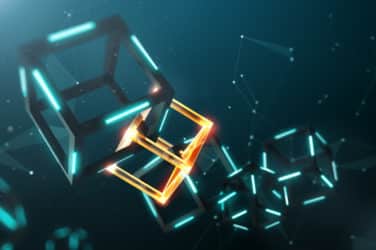
William Floersch, a director of ABN Amro Clearing, has seen the options industry undergo tumultuous changes during his 40-year career.
“The biggest change, and probably the biggest driver of increased volumes in the options markets, has been the advent of electronic trading,” he said. “The more electronic the exchanges got and the more the investor could look at a screen, see a price and hit a button and get that price, the more options he traded.”
Floersch worked as an options market maker on the Chicago Board Options Exchange from 1974 to 1997, and served as vice chairman of CBOE for the last six of those years.
Following CBOE, Floersch served as CEO of O’Connor & Company, a clearing firm, until the firm was acquired by Fortis Bank in 2006, and then rebranded as ABN Amro Clearing following the 2010 merger between ABN Amro Bank and Fortis Bank. He returned as CEO in 2012 for nine months, after which he relinquished the title to the current CEO, John Ruth.
A seminal moment in the business came when the International Securities Exchange was launched as an all-electronic marketplace.
“Prior to that, the conventional wisdom was that the option markets were way too complicated to lend themselves to a fully electronic exchange, that it really required people to do all that,” Floersch said. “The ISE proved that conventional wisdom was very flawed and very quickly the rest of the industry had to scramble to react to the new electronic exchange.”
At the same time ‘option-centric’ firms, like OptionsXpress and thinkorswim and others came into being and utilized the new power of the electronic execution capabilities of ISE. “Then the other exchanges followed with their own functionality,” said Floersch. “The fact that the individual investor could have a screen in his office or in his home and get option prices and trade through that screen really has enhanced the volumes of the option business greatly.”
Boris Ilyevsky, managing director at ISE, who has been with the company since 1999, is responsible for market and fee structure, as well as the technological and strategic direction of the two options exchanges that ISE operates.
“One of two major developments has been decimalization, the penny pilot that started in ’07, which involved the conversion of some of the top names to trading in one-cent increments from five-cent increments,” he said.
Equities decimalized between 2001 and 2002, whereas options continued to trade in nickels and dimes at five-cent increments under three dollars and ten-cent increments over three dollars. In 2007, the top names started trading in one-cent increments under three dollars and five-cent increments over three dollars.
The other major change has been the increased adoption of complex orders, multi-legged strategies otherwise known as spreads.
“That has really created a major shift in how people trade options and it continues to be a growing part of the landscape, both for institutions and for the retail investing public,” said Ilyevsky. “Spread trading has always been a part of options, but until the ISE showed up back in 2000, it was all done on the floor along with everything else. What we were able to do, and other exchanges ended up following suit, is, creating electronic complex order books.”
In the beginning, complex orders were a tiny percentage of overall volume, but that grew steadily over the last ten years in particular. With the increased education of retail investors, and the recognition by all market participants of how useful and important complex order strategies are, it’s become a huge part of traded volume today.
“For example, in the most popular single-stock listing, which is Apple, there are days when more than half of all Apple options volume comes in the form of spreads,” Ilyevsky said. “Now, part of that is the high stock price, but you didn’t see that in any names ten years ago.”
Featured image via iStock





